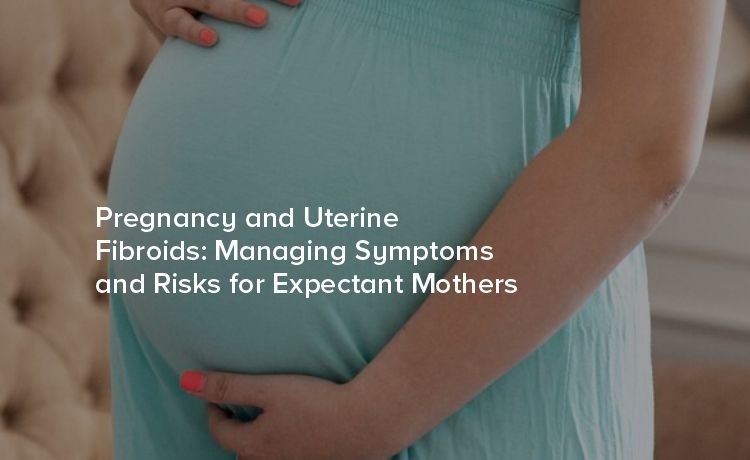
Pregnancy is a time filled with anticipation and joy, but for some women, it can also come with unexpected challenges. One such challenge is the presence of uterine fibroids—noncancerous growths that can affect the uterus. While many women have fibroids without any problems, those who are pregnant may find themselves wondering how these growths could impact their pregnancy.
Before we dive into the specifics of pregnancy and uterine fibroids, it's important to understand what these growths are. Uterine fibroids, also known as leiomyomas or myomas, are noncancerous tumors that develop in the muscular wall of the uterus. They can vary in size—from as small as a pea to as large as a melon—and can occur singly or in multiples.
Fibroids can be categorized into several types based on their location within the uterus:
Understanding the type of fibroid can help healthcare providers anticipate how it may behave during pregnancy.
For many women, fibroids may not cause any noticeable symptoms or complications during pregnancy. However, in certain cases, they can lead to issues that require monitoring or intervention. Here are some potential effects of fibroids during pregnancy.
During pregnancy, hormonal changes can cause fibroids to grow. This growth can lead to discomfort and other symptoms, especially if the fibroid is large or located in a particular way. Some women may notice an increase in pelvic pressure or pain as the pregnancy progresses. In some cases, fibroids can outgrow their blood supply, leading to degeneration and causing temporary pain.
While most pregnancies with fibroids progress without significant issues, there are some potential complications that healthcare providers monitor for. These include:
Healthcare providers typically monitor fibroids during pregnancy through routine ultrasounds. These imaging tests allow doctors to assess the size and location of the fibroids and watch for any changes that may occur over the course of the pregnancy. If you have fibroids and are pregnant or planning to become pregnant, it's essential to maintain open communication with your healthcare provider. They'll be able to provide guidance and ensure that both you and your baby remain healthy throughout the pregnancy.
If you're an expectant mother with uterine fibroids, it's normal to have questions and concerns about how to manage your symptoms and reduce potential risks. While every pregnancy is unique, here are some general strategies that may help:
One of the most important steps you can take is to attend all scheduled prenatal appointments. Regular check-ups allow your healthcare provider to monitor your fibroids and any associated symptoms. If any concerns arise, they can address them promptly, reducing the risk of complications.
If you're experiencing discomfort due to fibroids, talk to your healthcare provider about safe pain management options during pregnancy. They may recommend over-the-counter medications or other non-pharmacological therapies, such as heat packs or gentle exercises.
Be vigilant about any changes in your symptoms. If you notice an increase in pain, unusual bleeding, or any other concerning signs, contact your healthcare provider right away. Early intervention can prevent potential complications.
Discuss your birth plan with your healthcare provider, especially if you have fibroids that may impact delivery. Depending on the size and location of the fibroids, your provider may recommend a cesarean section (C-section) for safe delivery. It's important to have a clear understanding of your options and preferences as you approach your due date.
After delivering your baby, continue to follow up with your healthcare provider to monitor your fibroids. In some women, fibroids may decrease in size after childbirth due to hormonal changes. However, in some cases, they may require further management, especially if they are causing symptoms.
While pregnancy can be a time of excitement and joy, it can also come with its own set of challenges for women with uterine fibroids. By understanding the potential effects of fibroids during pregnancy and taking proactive steps to manage symptoms and reduce risks, expectant mothers can help ensure a healthy pregnancy and safe delivery with top gynaecology hospital in Hyderabad.